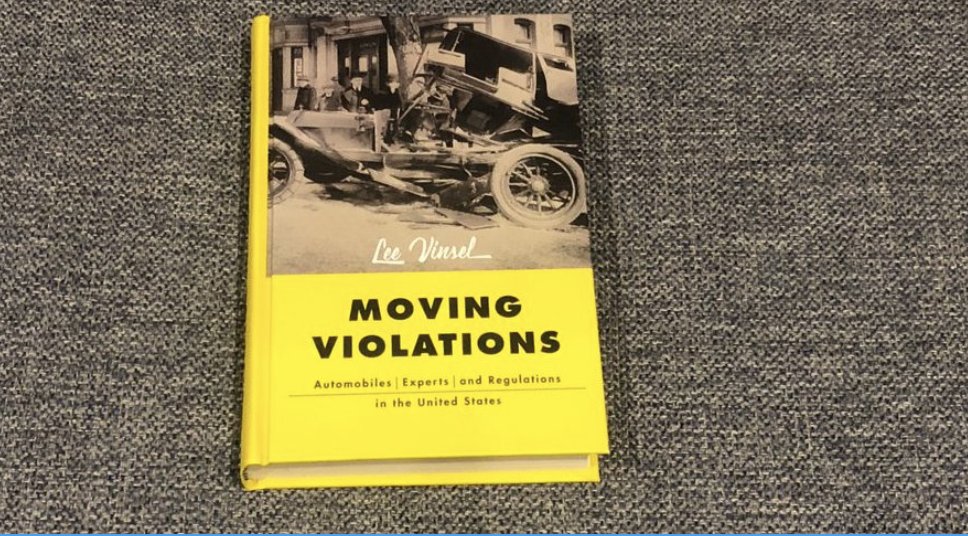
In @Slate, my take on the controversy around Dr. Missy Cummings’ appointment at @NHTSAgov — and what it means for the Biden admin's ability to address the recklessness of Tesla Autopilot and Full-Self Driving.
A 🧵:
slate.com/technology/202…
A 🧵:
slate.com/technology/202…
A Duke professor and human factors expert, Cummings is well qualified for the role, which requires working w/carmakers, tech co's, gov officials, and advocacy groups.
A backlash has come from the company whose pattern of disregarding safety gives it the most to lose: Tesla.
A backlash has come from the company whose pattern of disregarding safety gives it the most to lose: Tesla.

Cummings has been vocal about the dangers of Autopilot and Full-Self Driving (I interviewed her for this piece last December).
But that doesn't mean she's biased -- it makes her realistic and knowledgable, like Lina Khan criticizing Facebook.
slate.com/technology/202…
But that doesn't mean she's biased -- it makes her realistic and knowledgable, like Lina Khan criticizing Facebook.
slate.com/technology/202…
The safety risks of Autopilot and Full-Self Driving have been public for some time (lack of serious driver monitoring system, failure to restrict Autopilot to its ODD, etc.).
If you're unfamiliar, here's a primer via @NTSB.
theverge.com/2020/2/25/2115…
If you're unfamiliar, here's a primer via @NTSB.
theverge.com/2020/2/25/2115…

Had Trump's DOT done its job, Tesla could’ve addressed Autopilot's risks years ago. But that didn’t happen, so now the Biden admin must clean up the mess—while 1000s of Tesla fans feel Autopilot is now “theirs.”
They will be livid if it’s regulated. See tweet below (now deleted)
They will be livid if it’s regulated. See tweet below (now deleted)

Egged on by Elon Musk, Tesla’s online army has now hounded Cummings into deleting her Twitter account.
Many of these attacks have been personal, misogynistic, and disturbing (Note: they don't reflect all Tesla supporters).
Here's a collection making the rounds.
Many of these attacks have been personal, misogynistic, and disturbing (Note: they don't reflect all Tesla supporters).
Here's a collection making the rounds.

Beyond the bullying and sexism, the flareup over Cummings’ appointment shows how challenging it will be to protect American road users from Tesla’s recklessness. A backlash is inevitable.
The Biden admin should steel itself—and carry on.
slate.com/technology/202…
The Biden admin should steel itself—and carry on.
slate.com/technology/202…
This is fair. I try to stay away from Tesla's share price (shouldn't matter for safety), but a chunk of the online freakout seems to be coming from people worried about NHTSA's potential impact on their portfolio.
https://twitter.com/john__rosevear/status/1451572973979279373?s=20
Prof Cummings asked Duke University to check for any conflicts of issues, and she received approval. I trust Duke.
https://twitter.com/lklundin/status/1451583608414691332?s=20
For those following this story, I recommend this new piece from @A_W_Gordon, which provides additional info about Prof Cummings' background.
vice.com/en/article/dyp…
vice.com/en/article/dyp…
• • •
Missing some Tweet in this thread? You can try to
force a refresh















